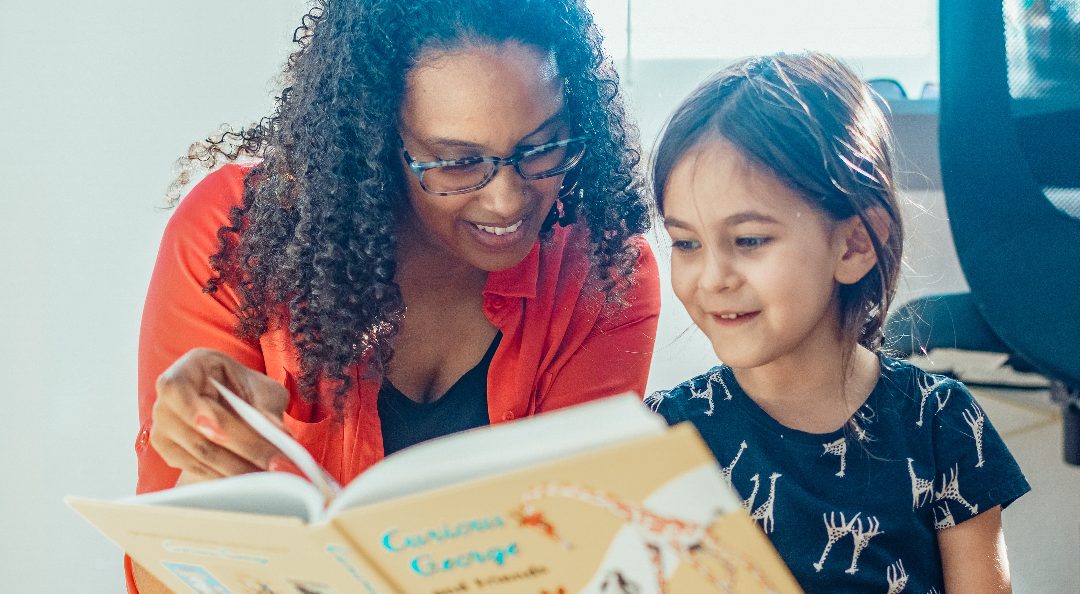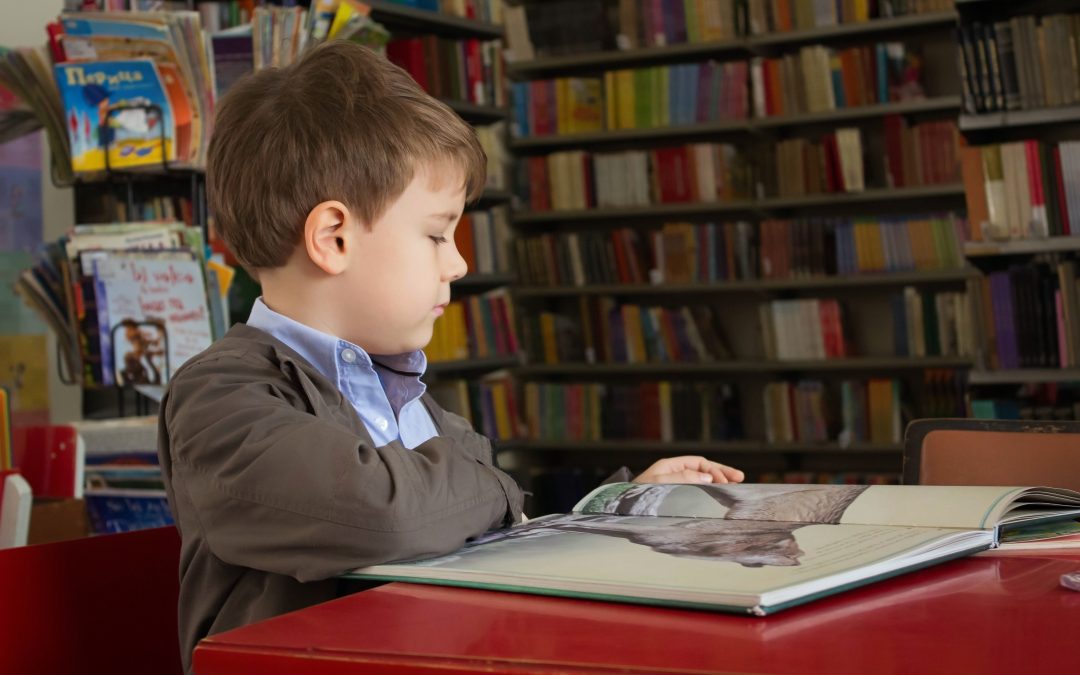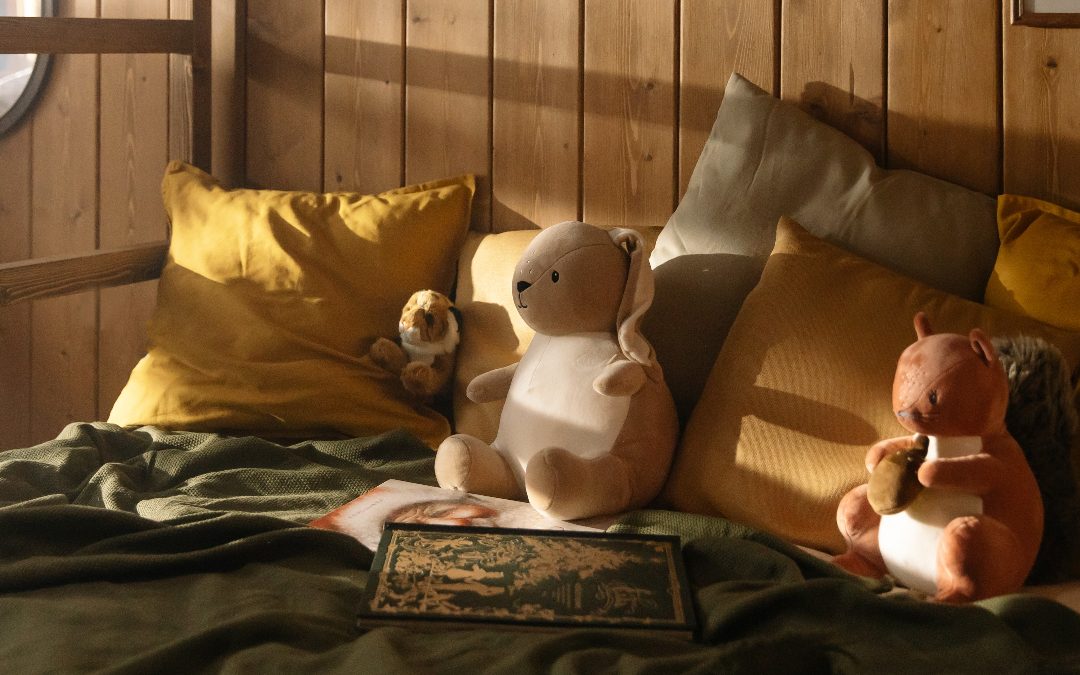
Mystery Readers
With all of our older kids back to school in person this year, our youngest keeps telling me it’s boring with just the two of us at home. Thank goodness for the time she has at preschool! At her age, it can be hard to find Mom as entertaining as other kids. This is the stage when we all could use a little extra help. Cue the mystery readers! These are members of your family and social circle who are willing to stop by to read your child a story.
Surprise Guests
With just a bit of planning and networking, you can line up someone special to come read a book to your child each week. (What else are aunts, uncles, friends, and old teachers for?) Don’t spoil the fun by announcing who it will be. Keep them guessing! You might choose to give a few clues, but try not to make it too easy. Your child will enjoy the anticipation leading up to the big day and the attention they receive from their guests. And your readers will be glad to feel they are helping out. It’s a win/win.
Virtual Readers
Isn’t it amazing we have the capability to have video chats with friends and family whenever we want? Covid has made it more commonplace to use these technological gifts, and as we head into the fall and winter months, we will likely be accessing them regularly again. This opens up so many possibilities. Even though your child’s grandparents may be susceptible to illness, they can still communicate over any device. And even though your child’s friend and his family have moved time zones away, he can seem so close when sitting there, talking on the screen.
Line up a time for these loved ones to talk with and read a story to your child. It will benefit them both, emotionally and mentally. But remember, half the fun is in keeping the reader a surprise! Not only will your child love having this event to look forward to each week, but it will also help him or her develop a greater love for reading. Just think of the sweet memories they could make together.
Celebrity Readers
There are a variety of resources for finding read alouds online. Youtube is a fantastic place to start. But if you are looking for readers that might be familiar to your child, below are three more great options. If you happen to own the book they read in any of these celebrity videos, have your child follow along in their copy.
Bookaboo, an Amazon Original kids’ show, has celebrities read a book to a dog puppet. The dog plays drums for a rock band and can’t perform without having reading time first. Rated for ages two through five, this is a fun and rewarding approach to read alouds.
Check out Storyline Online for videos of celebrities reading an impressive library of storybooks. They recommend their videos for children from kindergarten through fourth grade. If you feel like diving deeper, under “Teacher’s Guide” they also offer reading comprehension questions and educational activities to do with your child.
Kids can get bored with the way their parents do things, and sometimes children’s books can be boring for us to read. So switch things up and invite some mystery readers in to spice up your child’s reading time. I hope you will give these ideas a try. I’d love to know which videos are your favorite!
Photo Credit: Photo by Kindel Media from Pexels







Recent Comments